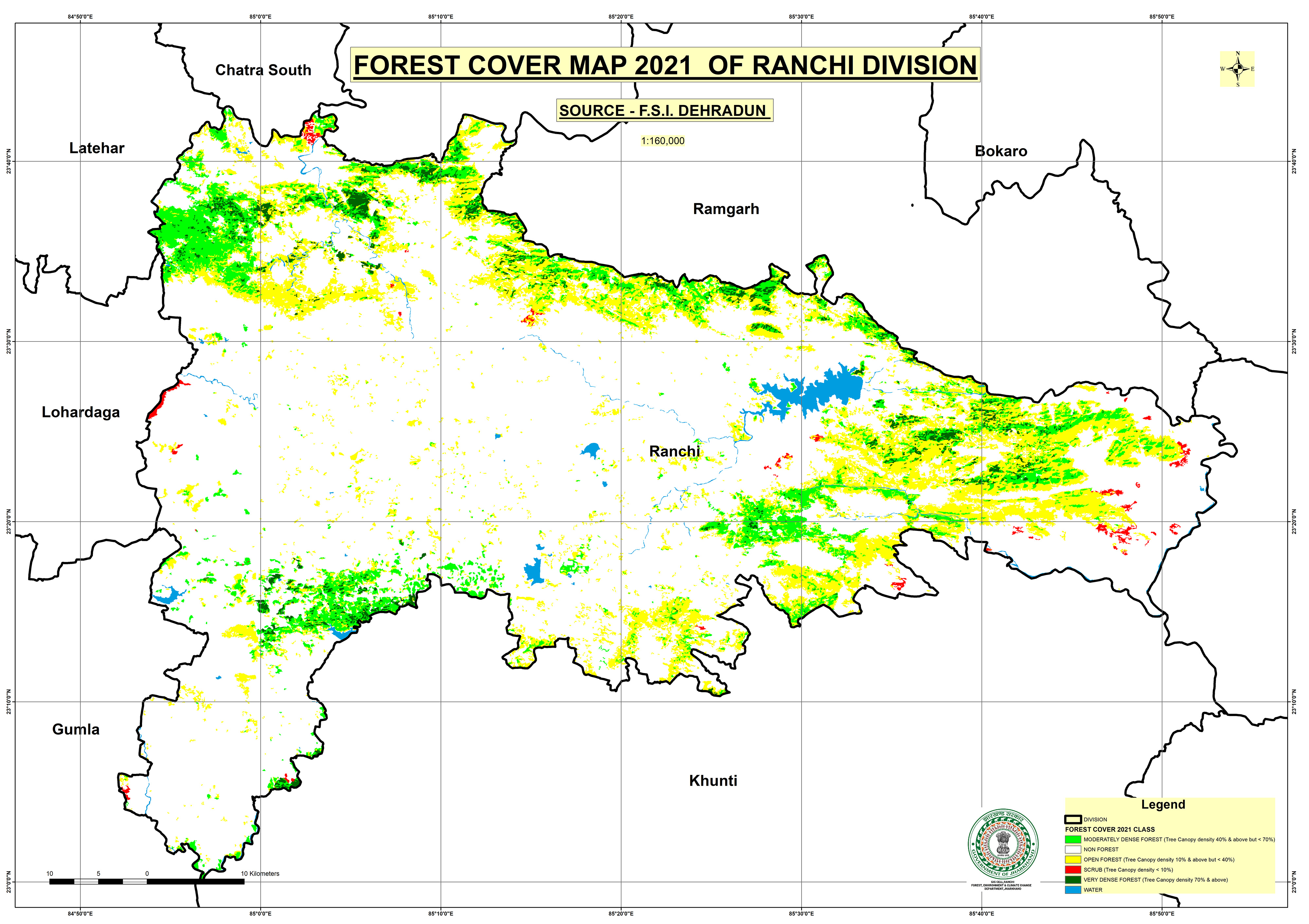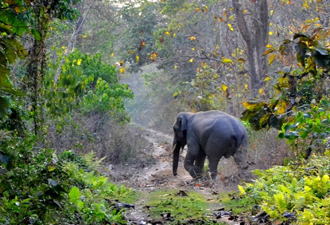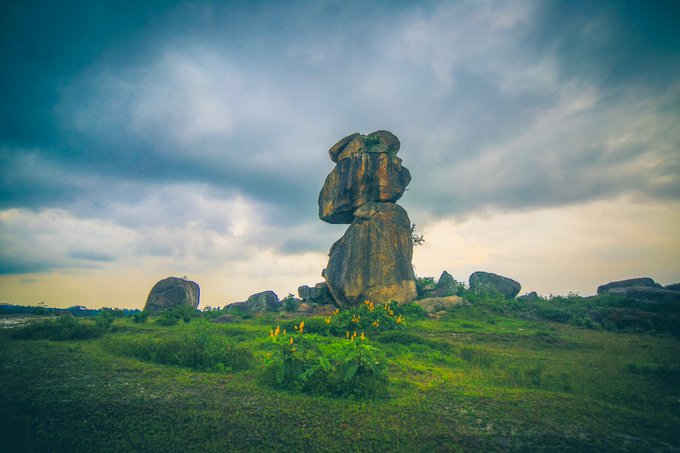Muta crocodile Breeding Centre is situated in the bank of river Bhairavi. Muta is 36 km away fromcapital city Ranchi.
Visit

Wildlife Division, Ranchi has been created by Bihar Government, Forest Department order number 700 dated 27.02.1979 This Division has been made permanent by the letter of Forest and Environment Department, Patna, I.V.S.- 34 / 86-1127 W.P., Patna dated 28.02.1986.
After bifurcation on November 15, 2000, Wildlife Division, Ranchi, Government of Jharkhand, is working under Forest, Environment and Climate Change Department. Presently 04 (four) forest areas are functioning under this division, namely-
The state of Jharkhand is blessed with immense diversity of flora and fauna, coexisting with the human communities. The protected area network of the division includes one national park, eleven wildlife sanctuaries, one tiger reserve and one elephant reserve.

Muta crocodile Breeding Centre is situated in the bank of river Bhairavi. Muta is 36 km away fromcapital city Ranchi.
Visit
Birsa Mrigviharis located in a beautiful sal forest of Kalamati of khunti district and is hardly 20 Kms away from the Capital city in the Ranchi-Khunti Road.
Read more
Palkot Wildlife Sanctuary is a unique ecosystem situated in Gumla and Simdega districts of Jharkhand state. It has an area of 183.18 sq.km.
Read more
.............................................................................
................................................
The state of Jharkhand is blessed with immense diversity of flora and fauna, coexisting with the human communities. The protected area network of the division includes one national park, eleven wildlife sanctuaries, one tiger reserve and one elephant reserve.
Nature wears her best clothes in this state. The state is endowed with abundant mineral wealth, flora and fauna. Rivers like Damodar, Brahmani, Kharkai, Subarnarekha and so many other rivers are flowing gently adding to the natural charm of Jharkhand. Jharkhand has proudly emerged culturally as an important multi ethnic state. Over thirty two indigenous communities exist harmoniously in Jharkhand such as Santhal, Munda, Oraon, Ho, Paharia, Chero, Birjea, Asura etc. These communities have several colourful nature friendly festivals like Sarhul, Karma etc. in which tribals worships and protect trees.
This sanctuary inhabits about important 30 important species of mammals; 153 species of Birds, 25 species of reptiles, 3 species of amphibians, 12 species of fishes and many invertebrates and a wide range of flora. It supports the local people as being a part of their traditional practices, supporting their livelihood and by being a means of recreation for them.












